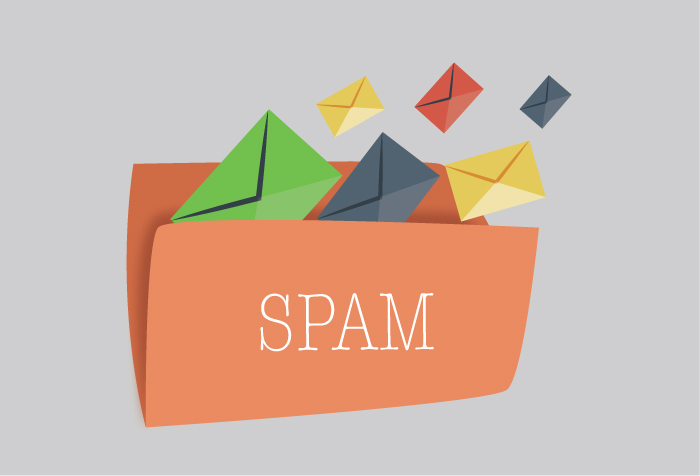How to Avoid the Spam Folder
You spend hours writing content and developing the perfect email template for your message. You test it once, twice, maybe even three times to be sure the images render correctly and all the links work, sending recipients to your desired website locations. You have your segment of contacts ready and your send is scheduled. Nothing should stand in your way from the inbox! But it does. Only 79% of legitimate marketing messages sent by brands are arriving in consumers’ inboxes (via Return Path). The rest end up in spam folders or are simply lost. So how can you avoid the spam folder and actually get in front of your intended audience?
Start small
It helps to start any email campaign by sending small batches of emails first – like sub-segments of your segment. Make sure your sub-segments are engaged to ensure better deliverability and open rates at first. As these engaged sub-segments open your message, your IP will begin to develop trust with the ISP. Over time, you can increase the size of your sub-segments until you encompass the entire segment with one send.
Check your reputation
There are a lot of options out there when it comes to email reputation management. Check with your ESP or marketing automation vendor to see what they recommend or who they partner with on this front. Be sure to ask or find out how you measure up before making any changes to your email marketing strategy.
Be consistent
You may not even realize it, but if you’re sending your messages at random times of the day without any sort of schedule then you could be jeopardizing your own deliverability strategy. One cause for a hit to the ‘ole email reputation or IP rejection is random activity. It’s critical to maintain a regular schedule with your emails.
Along with a regular schedule, consider your email frequency. A good benchmark is one email per week. From there, you can scale up to twice a week – if you have good content – and see how your messages perform. Unfortunately, finding the right frequency is something that requires testing and patience.
Improve opt-ins
You’re likely familiar with the single opt-in, in which contacts agree to receive emails from a brand by checking a box or leaving a pre-checked box checked in a web form. This really isn’t the best opt-in method any more. While it seems like a great method to gaining more email addresses, it can actually backfire by creating spam complaints. This is serious business. Some ISPs block sending servers after as few as 2-3 spam reports per 1,000 emails. That’s why you should implement either a double opt-in or a confirmed opt-in. To do this, send a confirmation email to new subscribers to validate their address and confirm their consent to receive your messages. P.S. Double opt-in is now a mandatory requirement in some European countries.
Clean your list
Here are some email marketing stats that should entice you to clean your database…
- 17% of Americans create a new email address every 6 months.
- 30% of subscribers change email addresses annually.
If you’re sending emails to non-existent users, you’ll inevitably increase bounce rates and ruin your reputation. It’s important to remove inactive (or incorrect) contacts from your list.
Use your brand to your advantage
There’s really no better place to promote your brand than in the from address line of your emails. Especially if your messages are coming from various people in your organization! Consider change your from line to include your company name (i.e., “Troy from ROI”). This is a proven way to improve open rates, too. What do you have to lose?
Remember: in order for your emails to work, they have to reach your audience. That means as a marketer, you should do everything in your power to make sure your messages avoid the spam folder. Hopefully these tips will help you begin to think through how you can improve deliverability. What other tips would you add to our list?

